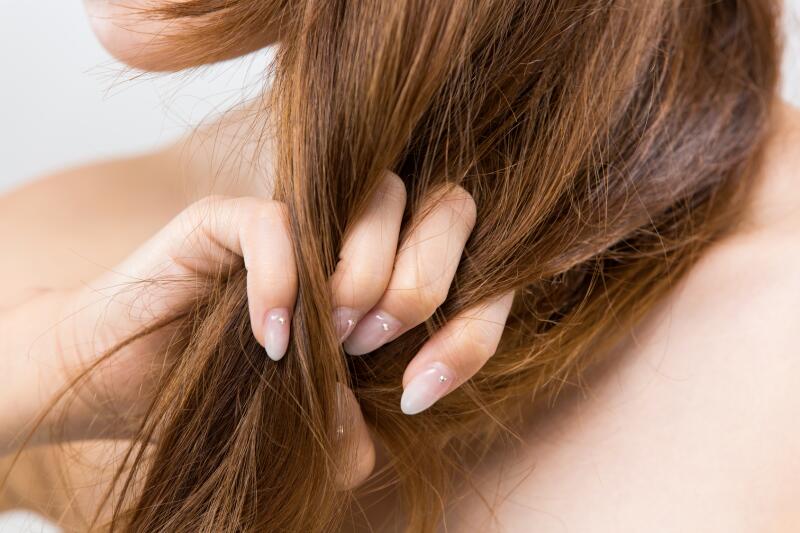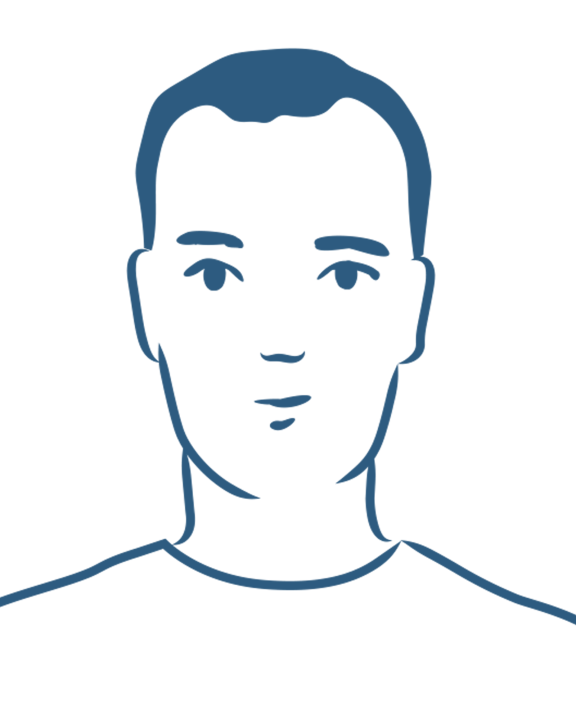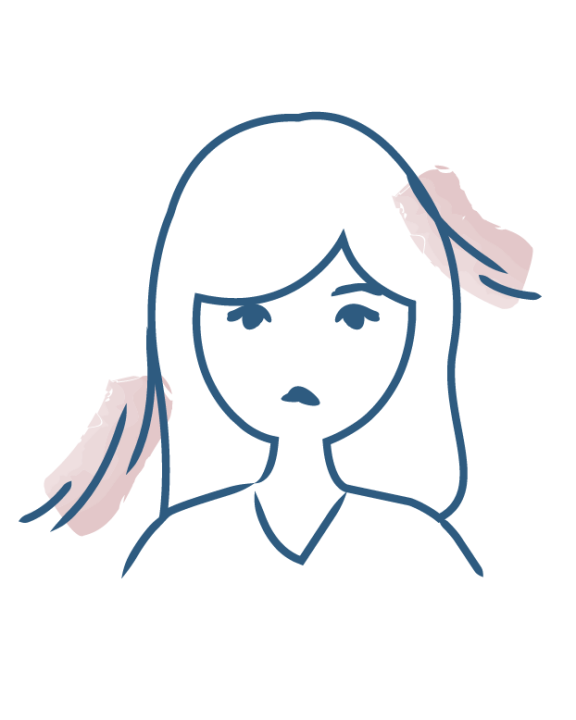-
Your concerns
Our articles to help you gain a better understanding
-
Our solutions
-
Ducray Dermatological laboratories
Our articles to help you gain a better understanding

New hairs appear and grow according to a very precise process known as the hair cycle. It is divided into three very distinct phases.

Summary
The hair’s growth is cyclical in nature and is characterized by phases of growth, regression and regeneration. This is referred to as the hair cycle. Each cycle is comprised of three main phases.
False- We know that, in its lifetime, the hair follicle undergoes 25 to 30 cycles on average. This is the hair’s vital cycle. Luckily, however, the number of hairs that grow is always well above the number of hairs that fall out: on a normal scalp with about 100,000 hairs, 86% of the hairs are in the anagen, or growth, phase.
True- The hair cycle may speed up due to an excess of male hormones, androgens. This phenomenon disrupts normal hair growth. Because the hair is growing faster than usual, it becomes depleted and thinner, until it falls out permanently. This is androgenetic alopecia, a chronic hair loss (lasting more than three to six months) and is difficult to reverse. It should not be confused with seasonal hair loss, which is occasional (acute telogen effluvium) and has a more positive outcome, or with age-induced alopecia, which is caused by a reduction in the hair’s diameter associated with physiological aging of the hair.
Throughout this conventional hair cycle, the lunar calendar is thought to have an influence on hair growth. The position of the moon in the sky could promote or discourage hair follicle growth. Although this phenomenon has yet to be proven scientifically, many specialists are actively exploring the possibility.
Loss of hair density, thinning hair

Reactional loss of hair volume

Chronic loss of hair density

Reactional loss of hair volume

Chronic loss of hair density

Reactional loss of hair volume
NEWSLETTER
Dermatological expertise
To better understand your skin and hair, discover our exclusive content and innovative care products designed to improve your quality of life..